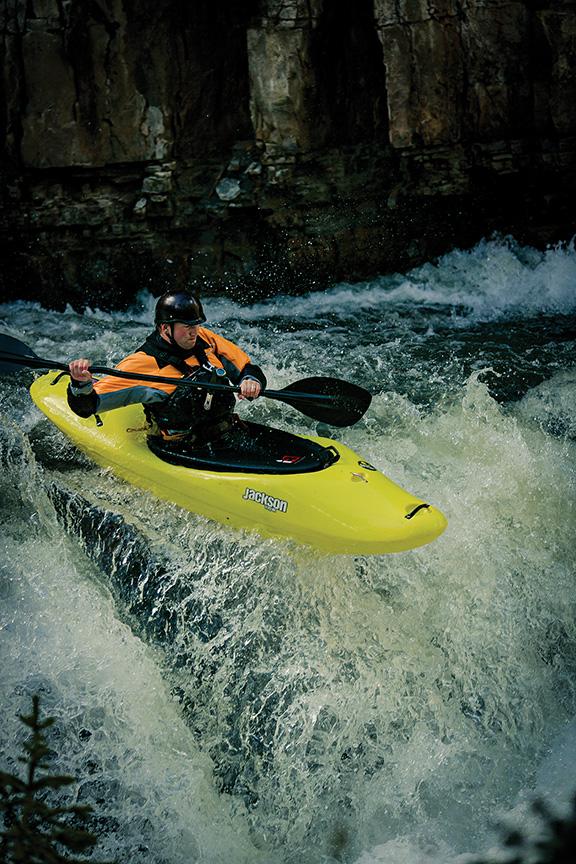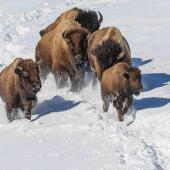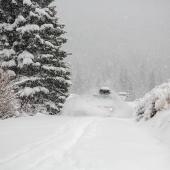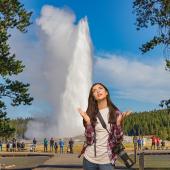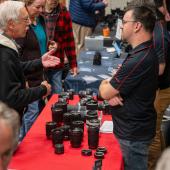Spring in Motion
Photographing moving objects.
Moving subjects can be the single-hardest thing for a photographer to tackle. In fact, they can be so unpredictable that even professional sports and wildlife photographers are never sure what exactly they might get out of any given shoot. But what the pros have on their side is strategy—they pick the right gear for the job and rely on experience.
This is what most amateur photographers lack when shooting moving subjects for the first time. And, unfortunately, getting better takes time, practice, and maybe some new gear. Even so, there are some important, basic tips that can improve your hit-rate with moving subjects, and provide a groundwork to build upon.
Gear
An essential part of shooting a moving subject is a telephoto lens. Now, which telephoto to choose: that’s the million-dollar question. There are two important variables that determine which lens is right for which scenario, the first of which is aperture. Aperture is extremely important for any kind of sports or wildlife photography, because the more light the lens lets in, the faster your shutter speed will be, and the more you will freeze motion. However, the bigger the aperture of the lens, the less zoom it has, generally. There are lenses with smaller apertures that have far greater reach than those with larger apertures.
For example: the 70-200mm f/2.8 is a lens used by both Canon and Nikon, and is a fantastic, large-aperture zoom; but that’s only enough reach for maybe a basketball game, or some very friendly wildlife. There are some fairly inexpensive, high-powered zooms out there right now, like the Sigma 150-600mm, that offer far more reach and are much better suited for wildlife. The trade-off is that the Sigma has a minimum aperture of only f/5-6.3, which should be fine during the day, but will cause problems in lower-light situations. So if you decide to invest in a new telephoto, pay attention to the relationship of aperture to zoom, and choose the right one for what you primarily shoot. Or, if you have the budget and the upper-arm strength, invest in a 500 or 600mm f/4 lens, which has both reach and aperture, but that could set you back ten grand.
Techniques
Shooting moving subjects is challenging, but almost every camera will have settings that can help a lot. Which ones you use depends mostly on how familiar you are with your camera. To keep things simple, remember that most cameras these days have a “sports” mode somewhere in the menus or on the mode dial. This is essentially an automatic mode with some tweaked settings when it comes to autofocus. It’s an extremely easy mode to use, and switching to it from regular auto will help tremendously.
If you’re familiar with the manual settings of your camera, here are some specific things you’ll want to play with.
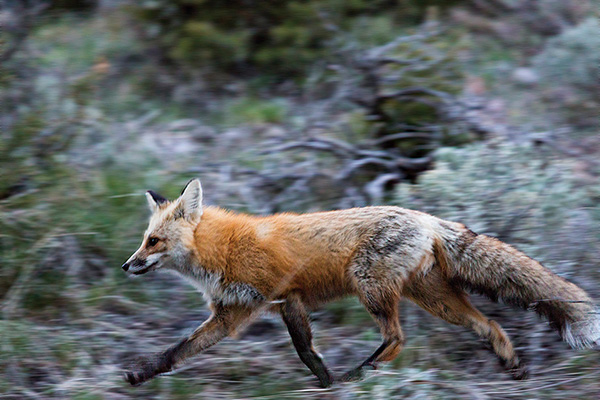
Autofocus. This is the single-most-important setting. Which autofocus area and mode you choose can make a huge difference in your hit rate with moving subjects. If it is a fairly slow-moving subject, or you’re confident you can track it accurately, I recommend a single-point mode, or maybe a small group of points. Using a small number of points close to the center of the frame is the most accurate autofocus your camera can provide. If your subject is more erratic and unpredictable, you may have to experiment more. Try using larger autofocus groups, or see if your camera has any kind of “tracking” autofocus mode. No matter what, ensure that the camera continues to focus as long as you have your finger on the shutter button.
Shutter Speed and Aperture. Generally, you want a more wide-open aperture to let in as much light as possible and create photos without motion blur. Now, there’s not really a hard rule for how fast a shutter speed needs to be in order to freeze all motion. That’s really dependent on how fast the subject is. But a good rule of thumb is to shoot at minimum aperture and see if your subject is blurred. If it is, then try raising your ISO until it isn’t.
Sports and wildlife photographers have years of experience and hefty gear in order to take the photos they take, so don’t feel bad if your moving-subject photos don’t work out at first. Be patient. Paying closer attention to your choice of gear and settings will help immensely. Then all you have to do is practice.
Conor Glesner works at Bozeman Camera on N. 7th Ave.

